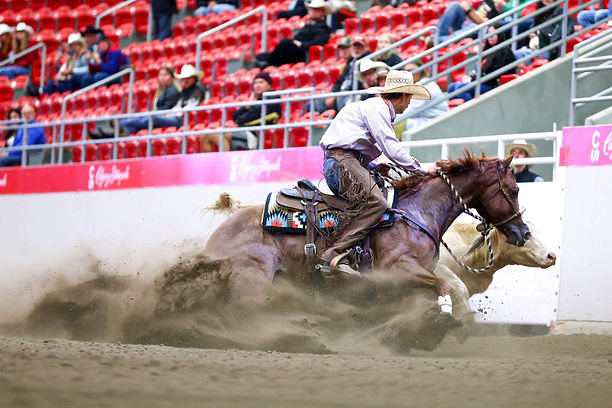
horse, for sale, quarter horse, aqha, Alberta, Arizona, reiner, reining, roper, roping, rope, cutting, cutter, arena, lesson, instruction, coaching, clinic, practice, cows, flag, fence, box, boxing, cattle, Bayywatch, Boss, Hashtags, cowhorse, ranching, ranch, versatility, central Alberta, Sundre, Olds, Didsbury, Cremona, Bergen, mountain view county, Arizona, Cottonwood, Peaktop View Ranch, Tall Timber Ranch, Bar TT Cowhorse, horse for sale, horse to buy, well started horses, broke horses, cattle, foothills, nrcha, asha, NARCHC, CACHC, ARHVA, AZVRHA, ARCHA,van Staalduinen, Laureen, Little, western riding, horse training, colt starting, foals, round pen, patience pole, Trilogy free-walker, Carstairs, Dog Pound, Eagle Hill, Rocky Mountain House, WWOOF, WorkAway, Work, Visa, horsemanship, learn, train, board & train, start, break, broke horse, safe horse, hackamore, bridle, snaffle bit, horse care, learn to ride, improve your riding, Champion, Massimo

(403) 650-4909
horse, for sale, quarter horse, aqha, Alberta, Arizona, reiner, reining, roper, roping, rope, cutting, cutter, arena, lesson, instruction, coaching, clinic, practice, cows, flag, fence, box, boxing, cattle, Bayywatch, Boss, Hashtags, cowhorse, ranching, ranch, versatility, central Alberta, Sundre, Olds, Didsbury, Cremona, Bergen, mountain view county, Arizona, Cottonwood, Peaktop View Ranch, Tall Timber Ranch, Bar TT Cowhorse, horse for sale, horse to buy, well started horses, broke horses, cattle, foothills, nrcha, asha, NARCHC, CACHC, ARHVA, AZVRHA, ARCHA,van Staalduinen, Laureen, Little, western riding, horse training, colt starting, foals, round pen, patience pole, Trilogy free-walker, Carstairs, Dog Pound, Eagle Hill, Rocky Mountain House, WWOOF, WorkAway, Work, Visa, horsemanship, learn, train, board & train, start, break, broke horse, safe horse, hackamore, bridle, snaffle bit, horse care, learn to ride, improve your riding, Champion, Massimo


horse, for sale, quarter horse, aqha, Alberta, Arizona, reiner, reining, roper, roping, rope, cutting, cutter, arena, lesson, instruction, coaching, clinic, practice, cows, flag, fence, box, boxing, cattle, Bayywatch, Boss, Hashtags, cowhorse, ranching, ranch, versatility, central Alberta, Sundre, Olds, Didsbury, Cremona, Bergen, mountain view county, Arizona, Cottonwood, Peaktop View Ranch, Tall Timber Ranch, Bar TT Cowhorse, horse for sale, horse to buy, well started horses, broke horses, cattle, foothills, nrcha, asha, NARCHC, CACHC, ARHVA, AZVRHA, ARCHA,van Staalduinen, Laureen, Little, western riding, horse training, colt starting, foals, round pen, patience pole, Trilogy free-walker, Carstairs, Dog Pound, Eagle Hill, Rocky Mountain House, WWOOF, WorkAway, Work, Visa, horsemanship, learn, train, board & train, start, break, broke horse, safe horse, hackamore, bridle, snaffle bit, horse care, learn to ride, improve your riding, Champion, Massimo
